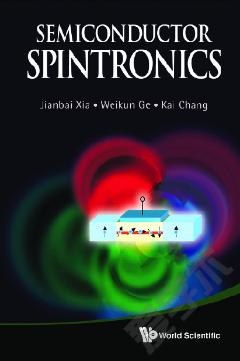Semiconductor Thermoelectric Generators
It is well-known that fossil fuels are being rapidly depleted, and that atomic power is rejected by many people. As a consequence, there is a strong trend towards alternative sources such as wind, photovoltaics, solar heat and biomass. Strangely enough, quite another power source is generally neglected: namely, the thermoelectric generator (a device which converts heat, i.e. thermal energy, directly into electrical energy). The reason for this neglect is probably the low conversion efficiency, which is of the order of a few percent at most. However, there are two arguments in favor of the thermoelectric generator. Firstly, we might in effect be at the same point as we were in the early stages of photovoltaics use (it was only in 1954 that the first attractive solar cells, with efficiencies of around 4% were produced). Today, even large modules attain 20%. Secondly, the potential applications of thermoelectric generators are very tempting. Wherever heat is generated, it is amenable to electrical conversion. Energy harvesting via a thermoelectric generator may be accompanied by a further benefit: The use of a solar module inevitably leads to a drastic temperature rise. A thermoelectric generator reduces the temperature rise and therefore offers a double benefit.This book is the result of a long teaching and research history in the field of semiconductors. On the one hand, it is intended to be a help to students specializing in semiconductor processing technology.
{{comment.content}}








 京公网安备 11010802027623号
京公网安备 11010802027623号